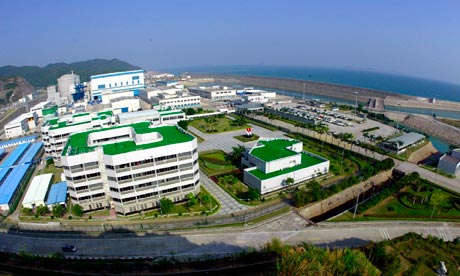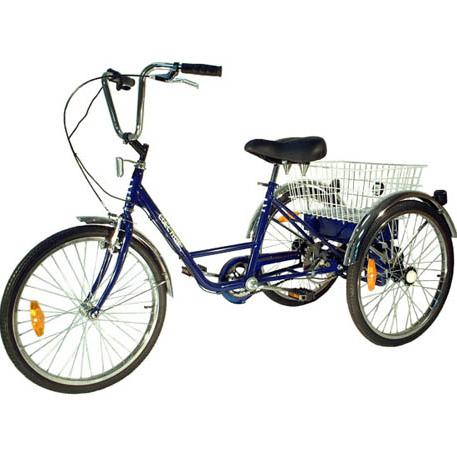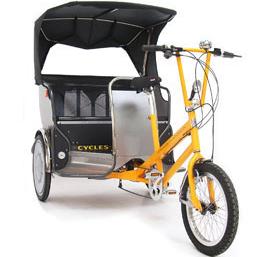Come on. This is the response to the fact that the world is on a new nuclear brink. My mother could do better than this.
http://www.cnn.com/2011/WORLD/asiapcf/06/24/austria.nuclear.japan/
IAEA chief: Meeting paved way for nuclear safety framework
(CNN) — The top U.N. nuclear official said a conference on nuclear safety this week “achieved its main goal,” paving the way “for an enhanced post-Fukushima global nuclear safety framework.”
Yukiya Amano, director general of the International Atomic Energy Agency, told attendees of the IAEA’s Ministerial Conference on Nuclear Safety on Friday that its work will help strengthen “nuclear safety, emergency preparedness, and radiation protection of people and the environment worldwide.”
The officials at the meeting discussed nuclear safety in the aftermath of the disaster in Japan three months ago.
Three reactors at the Fukushima Daiichi nuclear power plant suffered meltdowns after the March 11 earthquake and tsunami that devastated northern Japan. The tsunami swamped the plant and knocked out cooling systems that kept the three operating reactors from overheating, leading to the worst nuclear accident since Chernobyl.
Amano said the Ministerial Declaration forged at the conference “outlines a number of measures to improve nuclear safety” and underscores the commitment to make sure they are implemented.
“Collectively, our Member States have expressed their sense of urgency, as well as their determination that the lessons of Fukushima Daiichi will be learned and that the appropriate action will be taken,” Amano said.
“This is not about process — it is about results. The Declaration agreed here this week must be translated into action — and it will be. This will require hard work from all Member States, and from the IAEA, in the years ahead,” Amano said.
:}
More next week.
:}




















